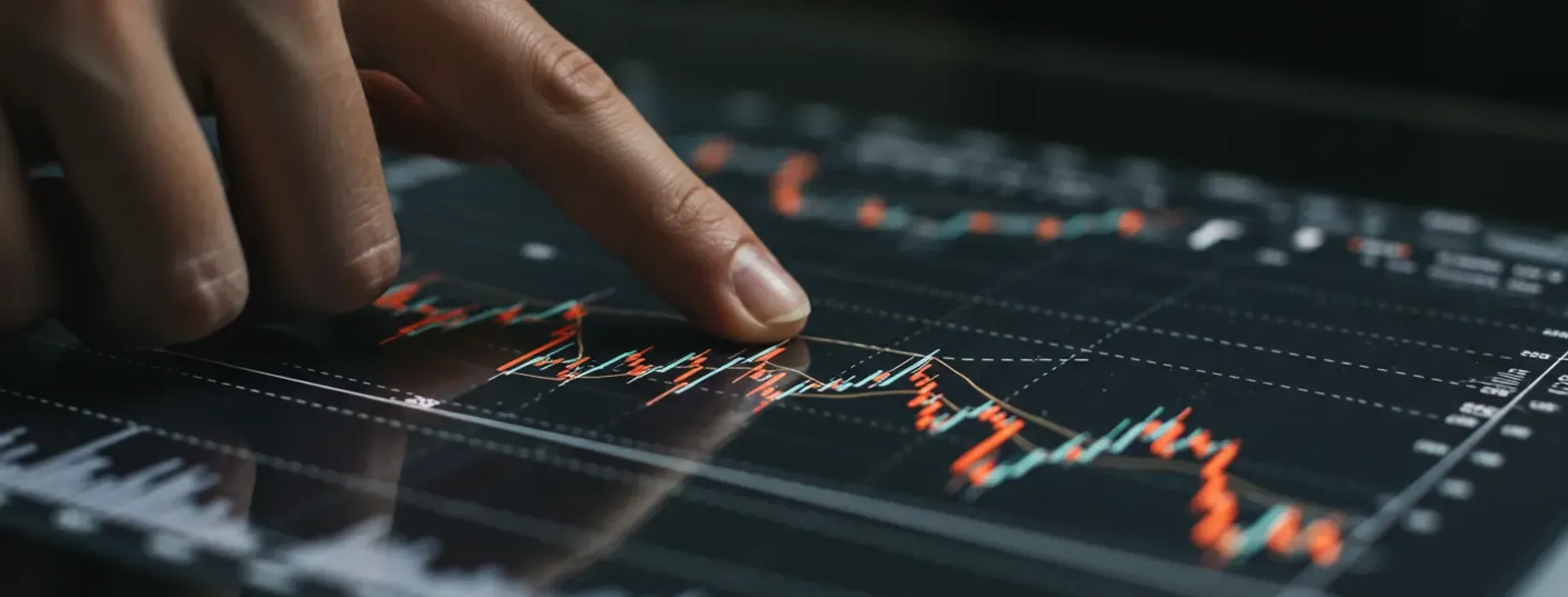- Identify the two values you want to compare. For example, the closing prices of a stock on two different days.
- Calculate the absolute difference between the two values. Subtract the smaller value from the larger one.
- Find the average of the two values. Add the two values together and divide by two.
- Divide the absolute difference by the average. This will give you the relative difference.
- Multiply the result by 100 to convert it to a percentage. This is your percent difference.
How to Calculate Percent Difference Accurately

Understanding how to calculate percent difference is essential for traders and investors looking to measure the relative change between two values. Whether you're assessing market trends or analyzing trading results, knowing this calculation can provide valuable insights. This article will walk you through the key steps of calculating percent difference and how it can be applied in the world of finance and quick trading.
The Importance of Percent Difference in Trading
Percent difference is crucial in trading as it helps measure the variability between two values. This can be particularly useful when comparing historical data with current market prices to make informed decisions. Traders often use percent difference to gauge changes in stock prices, currency values, or any other financial metrics over time.
Understanding the Formula
The formula for calculating percent difference is straightforward yet powerful. It is calculated as the absolute difference between two values, divided by the average of those values, multiplied by 100. This gives a percentage that quantifies the relative difference between the numbers.
Applying Percent Difference in Quick Trading
In quick trading, understanding how to calculate percent difference can help traders make rapid decisions. Platforms like Pocket Option allow traders to engage in quick trading, where swift decision-making is crucial. By using percent difference, traders can quickly assess market conditions and adjust their strategies accordingly.
Practical Example
Consider a trader analyzing the price movement of a currency pair. If the price was $1.20 yesterday and is $1.25 today, the trader would calculate the percent difference to assess the volatility and potential profit opportunities.
Interesting Fact: Did you know that the concept of percent difference is not only used in trading but also in scientific research to measure experimental changes?
FAQ
What is the difference between percent change and percent difference?
Percent change measures the change from one value to another as a percentage of the original value, while percent difference measures the relative difference between two values.
How accurate is the percent difference method?
Percent difference is a reliable method for comparing values, but it’s important to consider the context and other factors influencing the values.
Can percent difference be used for negative values?
Yes, percent difference can be calculated for negative values, but interpretation should consider the context of the values being compared.